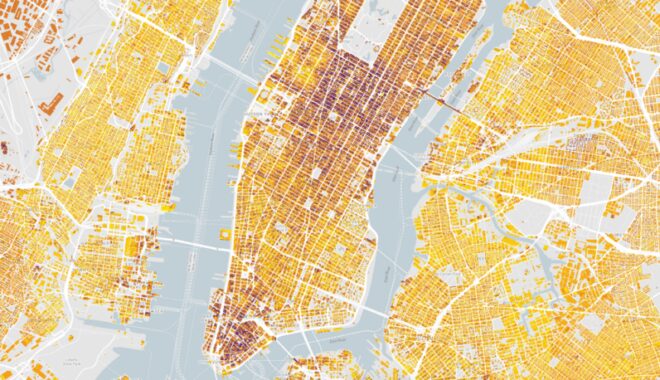Solar panel can be used in a variety of ways in order to harness the sunlight.
This sunlight is used to offer a renewable source of electricity. Solar energy is the conversion of sunshine into electricity. Nowadays, solar energy provides electricity to several homes and businesses.
The traditional electricity that most of us use is made from dirty fossil fuels including oil, gas and coal. Burning of fossil fuels creates toxic emissions.
They result in acid rain, which harms the environment and pollute it. As traditional electricity prices rises, the use of solar energy is growing more and more every year.

If you think you have already pay a lot of electricity and now want to save money then prefer to install solar panels in your residence. It is the right time to get benefited from solar energy and reduce the energy bills else you will pay even more at some point.
A five kilowatt rooftop solar installation do costs only $12,500 by and large after tax credits, and really soon, introducing one may soon involve re-tiling your rooftop.
Regardless of whether it’s appropriate for you, be that as it may, depends in huge part on how much sun your home gets. That is the place Google’s Project Sunroof comes in – propelled only two years prior, it has now studied more than 60 million US structures in 50 states.
That implies there’s a decent shot you can see the electricity production potential in your city, neighborhood and even specific house.
Google computes the measure of daylight on your rooftop in view of “3D demonstrating of your rooftop and adjacent trees,” climate designs, the position of the sun in the sky amid the year and shade from structures, trees and different obstacles.
That information is then changed over to vitality production “utilizing industry standard models for solar installation execution,” Google says.

The Outcomes are astonishing: 79 percent of all US rooftops are solar feasible, which means they have enough unshaded region for solar boards.
Clearly, a few districts are superior to others – more than 90 percent of homes in Hawaii, Arizona, Nevada and New Mexico are actually suitable, however even northern states like Pennsylvania, Maine and Minnesota are more than 60 percent. Houston, Texas has the most solar capability of any US city, with 18.9 gigawatt-hours of aggregate power era ability if all rooftops had solar boards.
Extend Sunroof can give you a considerable measure of all inclusive data (above), including the rate of structures (both business and private) that are solar-suitable, the aggregate electrical creating limit, normal rooftop space and the aggregate CO2 decrease viability – in tons, autos removed the street and seedlings planted.
There’s a decent possibility you can locate your own home by penetrating down additional. I discovered three at arbitrary on Google Maps in San Francisco, Kirkland and Albuquerque, and Project Sunroof had mapped them all.
For the Albuquerque home, it indicated 2,011 hours of usable daylight every year and 1,427 square feet of rooftop space. Google assumes that solar boards will lessen the home’s electric bill if it’s more than $175 every month, and prescribes a 5.25 kW installation (370 square feet) to cover around 97 percent of its electricity usage.
You can see your upfront costs, 20-year benefits, add up to 20-year investment funds and years until payback. The adding machine can even bore down to a definite gauge, as appeared in the case underneath.
Google is making sense of this in view of only a satellite photograph, obviously, so a gauge from a real installer will probably be different. Be that as it may, it’s a breathtakingtool to get an eyeball thought concerning whether solar is truly ideal for you.
